Lean Ain’t Fishy
Mar 25, 2022
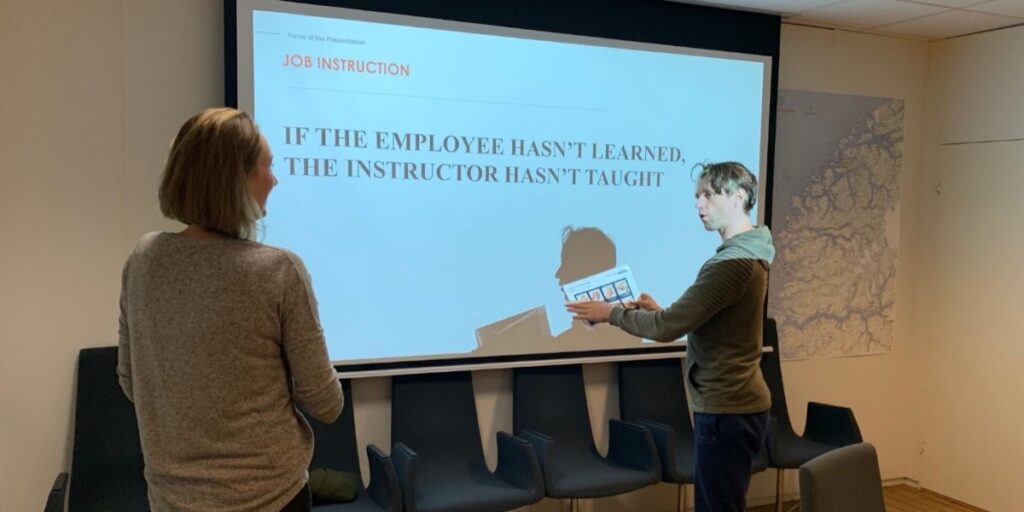
CASE STUDY – This Norwegian firm learned that allowing every person and area to move up their own lean learning curve can steer the business away from fire-fighting and towards more strategic thinking.
Words: Eivind Reke and Marcin Gaarden
Back in the summer of 2018, Sølve Kiviranta was feeling the tension and strain from the periodic fire-fighting he’d endured since taking over as Plant Manager at the Mowi plant in Eggesbønes. He wasn’t the only one.
Sølve had spent the summer tackling a number of challenges that had appeared in the fish factory, together with his management team. They were exhausted. Something needed to change.
The factory, one of the largest in the world of its kind, is located in Eggesbønes, Fosnavåg, about a one-hour drive from Ålesund, on the western coast of Norway. The plant had suffered a false start with lean after a consultancy-led attempt back in 2012 had quickly grinded to a halt. The tools had been implemented but without the kaizen spirit, little came of it.
Despite this, Sølve knew that lean could be the right medicine, if only it was administered correctly. His experience from previous jobs and the theory he’d picked up from books and lean leadership training shaped his belief that lean is all about the people, and that the transformation had to start with himself.
Together with his management team and in close collaboration with veteran production manager Hans Jakob, Sølve started making some tough calls. One of them was to bring in Marcin, who had experience from previous lean transformations but was growing frustrated with the stalemate he was experiencing at the company he was working for at the time. Another turning point was the realization that if Mowi Eggesbønes was to succeed with the automation and digitalization projects that lay ahead, problem-solving skills would have to be developed.
Sølve needed to build Lean Thinking capabilities in the organization, quickly, to visualize and reduce waste. It made no sense to automate and digitalize wasteful processes that didn’t work. A lean transformation is, first and foremost, a cognitive transformation: accepting, as leaders and operators, that we don’t know what we don’t know and that to change others, we first need to change ourselves.
BE THE CHANGE YOU WANT TO SEE
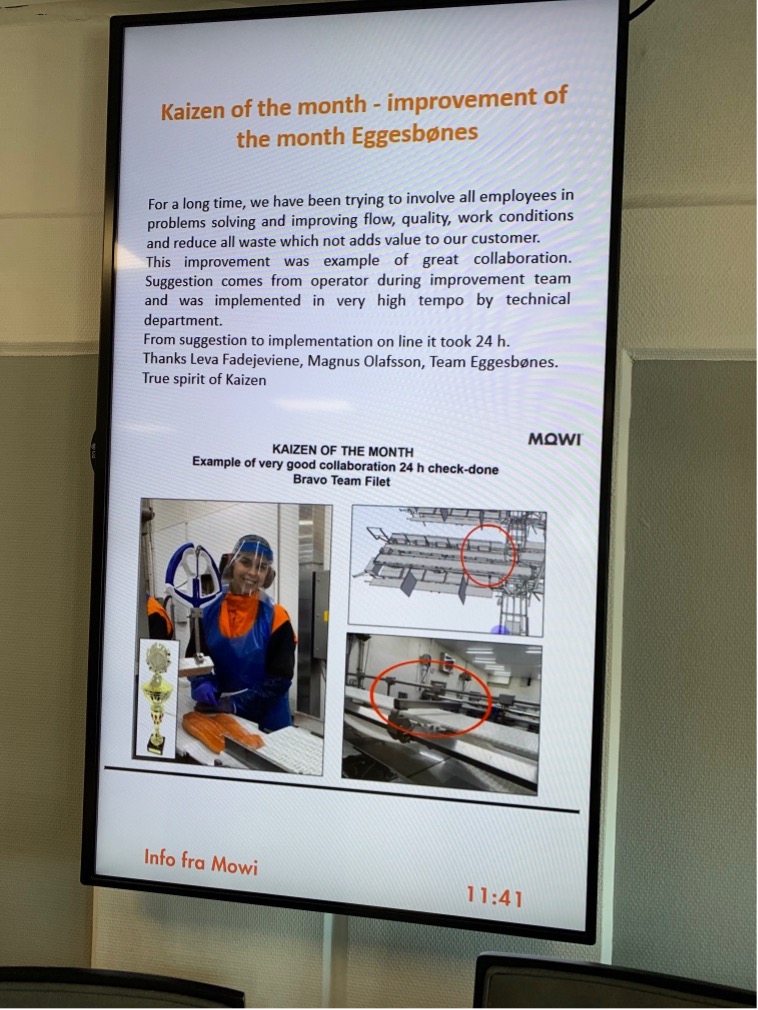 Mindaugas, Inger and the other middle-managers at the factory saw early on that this change would be different. There would be no opportunity to hide, and they needed to rise to the occasion.
Mindaugas, Inger and the other middle-managers at the factory saw early on that this change would be different. There would be no opportunity to hide, and they needed to rise to the occasion.
For Inger, this was a welcome change. Having started in the factory back in 2004, she had seen a number of change programs grind to a halt. But she also saw the need for improvements, having grown tired of the constant fire-fighting and of coming to work not knowing what to expect. Sølve and Hans-Jacob new that they needed to involve and develop their middle-managers to succeed and Inger was ready to accept the challenge.
With more responsibility but also more freedom, she worked with Marcin to train herself and her department in problem-solving. Instead of starting with the tools, however, Marcin and Inger went looking for problems. Starting with the ones that just didn’t seem to go away – the “we’ve had these for 5 years” type of problems. Each problem presented an opportunity to learn different lean tools as countermeasures and scaffolding for learning.
After a period of quality issues, Marcin and Inger decided to go see (genchi genbutsu) to better understand why this was occurring. As they observed employees in the filet department and studied their work, they noticed that the standards where not easy to understand, which meant that training operators in the value-adding work was not easy.
Inger realized that she needed to use not only the hands of her team members, but also change her management approach to unleash the creativity of the operators and team leaders. Marcin suggested that they piloted a Job Instruction course to teach themselves to both create good standards and develop awareness in the department of the need for standards and training.
Although the training schedule was slightly hampered due to the Covid-19 pandemic, they managed to carry out a pilot that proved to be a big success. The participants, both seasoned operators, team-leaders and department managers, immediately understood how developing and training operators to standards would be beneficial to everyone. Already in the first session, they experienced a different dynamic in the team, maybe realizing that the process in which they work requires excellent skills and eyes for details. Suddenly, all sorts of tips and tricks surfaced. In fact, the Job Instruction training was key to achieving process stability.
Over time, a kaizen culture was developing at Mowi Eggesbønes. Sølve was creating a sense of urgency and a need for improvement, raising the bar for the organization by challenging managers to look beyond the established standards and structures. The mantra was: “Target, Challenge, Problem, Kaizen”. A Daily Management obeya was created in one of the main areas of the factory. There, every employee could see how the problem-solving and improvement work was contributing directly to the overarching strategy of the business. Without the operators’ knowledge and experience, there was no chance the managers could transform their departments.
CLEANING, CLEANING, CLEANING
After a discussion with Sølve, Mindaugas challenged himself to become a better leader. He looked at himself and saw a leader who was controlling and commanding. This is not who he wanted to be. If he was to succeed with transforming his cleaning department to become the best cleaning department in Mowi, he first needed to transform himself. His new mantra became: “If I take care of people, people will take care of the factory”.
He started to listen, discuss and reflect more with the employees in his department, involving the team in planning, in talking about quality and what good work looks like. As this process continued, Mindaugas and the team realized that to be the best cleaning department, they’d have to embrace the concept that the devil is in the detail. They started to standardize and problem solve, while constantly raising the bar a little bit higher. In the face of difficult conditions, often in the night shifts, lean tools helped speed up an ambitious department.
Over a three-year period, the team moved from reactive cleaning to systematic preventive cleaning. During this time, absenteeism fell from 20% to 2% and they are now outperforming the industry “best practice” KPI for cleanliness 10-fold, covering four times as many square meters compared with other cleaning departments, pushing the boundaries of what is considered world class in the industry. By transforming himself, Mindaugas had transformed a team of 24 people.
CLIMBING THE LEARNING CURVE, ONE PROBLEM AT A TIME
When the quality manager left for a different job, the rest of the team in the quality department were left with the daunting task of taking care of quality assurance and reporting. Just like their colleagues in production, they were asked to set up an annual plan of quality-related activities. Supported by Marcin, they were able to move themselves out of the comfort zone and into the learning zone, dealing with both internal and external revisions, and at the same time supporting the organization in quality assurance and control.
At the same time, Marcin was helping the department leaders in setting up quality circles, establishing teams and encouraging voluntary participation in these teams. Many joined, but again Covid slowed the initiative down. Even so, this allowed more and more people to develop their knowledge and competence through problem solving and the Eggesbønes plant gradually began to move from a fire-fighting organization to one that could look forward. As one of the managers said during our visit: “I am not stressed anymore coming to work, because I know we are dealing with problems earlier. We are working in a much more structured way with problem solving.”

THE POWER OF PEOPLE IN AUTOMATION
In parallel with the people transformation, the Eggesbønes plant was also a testing ground for new technology at Mowi. An example of this was the integration of a AGV system in the distribution department. At first, people were sceptical, worried about jobs and had legitimate concerns about the suitability of a more rigid automated system. However, with an open-door policy on information sharing and efforts to engage people, operators started to contribute with the deployment of the AGV system – again, bringing valuable tacit knowledge and also systematically recording issues with the system.
At the same time, a lot of time and effort was put into training and developing the employees, giving them the competence and confidence to run the new system. By actively using lean tools, such as 5S, standardization, and problem solving, the department was merging automation with people development.
Together with the implementation of the AGV system, a culture of problem solving emerged. Now they are using standards to onboard new operators in the filet team in a similar way, while everyone is voluntarily contributing with improvement ideas and corrections.
DEVELOPING THE CHAIN OF TRAINERS
Meeting at regular cadence, the people at Eggesbønes are able to discuss daily production numbers and issues in the Daily Management obeya, while the leadership team can focus on strategic improvements that are followed up in the weekly management meeting and keep track of their main activities by following up the annual plans once a month.
Co-operation between departments is improving, as well as the ability to perform root-cause analysis. The discussions are also changing, looking ahead rather than behind. A natural consequence of Sølve and Hans Jacob giving more responsibility to department managers is that they, in turn, need to give more responsibility to their team leaders – mimicking the challenge and support relationship with their team leaders and aligning people development with business development.
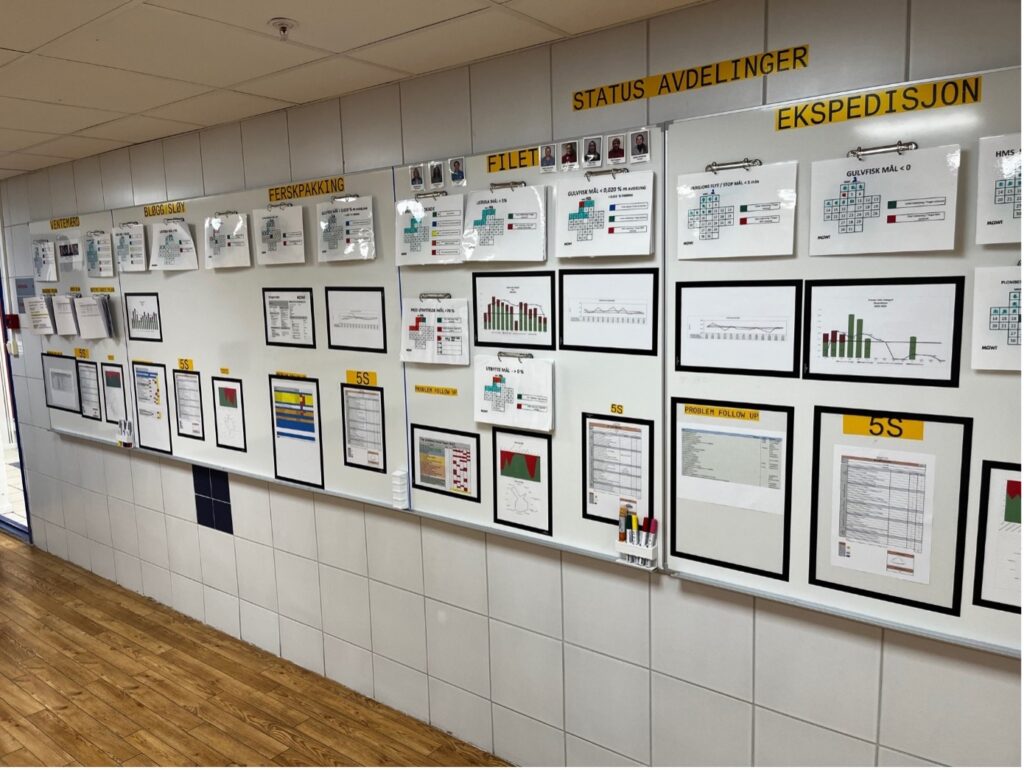
WHAT ABOUT THE BUSINESS?
If you visited Mowi Eggesbønes today, without knowing anything about their story, you might think that all the well-known tools and methods of lean have been implemented and that they “just worked”. But this is not the case. As each department and each manager travelled up their learning curve, the understanding and application of the tools have gone hand in hand. Today, the plant is out-performing both itself, compared to a few years back, and its peers on all KPIs. At the same time, Sølve, Hans Jacob and the rest of the leadership team have completely stopped stressing with fire-fighting activities. Instead, they can turn their attention to strategic problems and to improving the complete value stream, bringing the highest quality fish products to consumer tables across the globe.
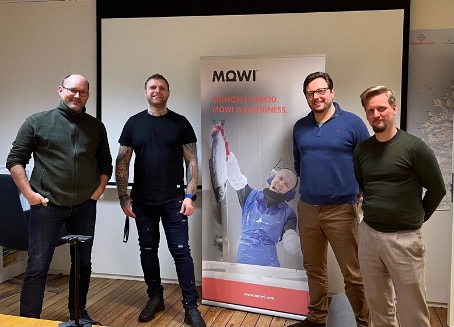
Sølve, Mindaugas, Marcin and Eivind during the visit for the article
THE AUTHORS
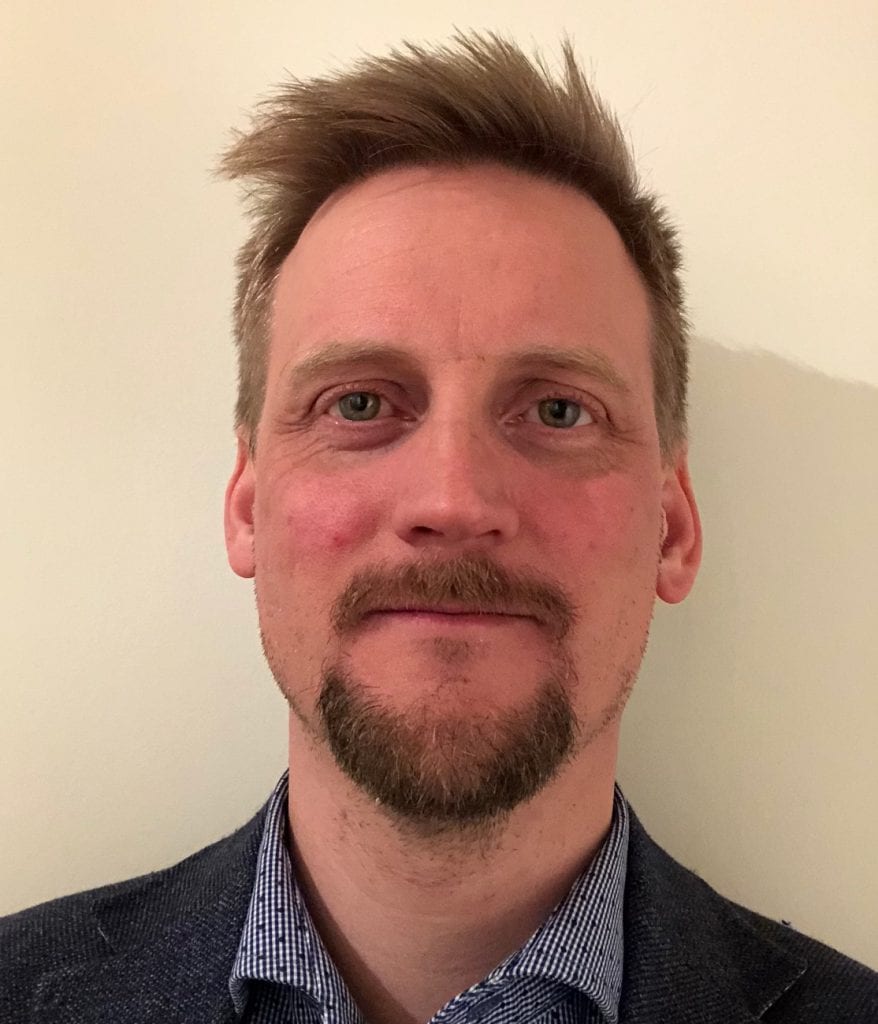
Eivind Reke is a lean author and Chairman of Los Norge.
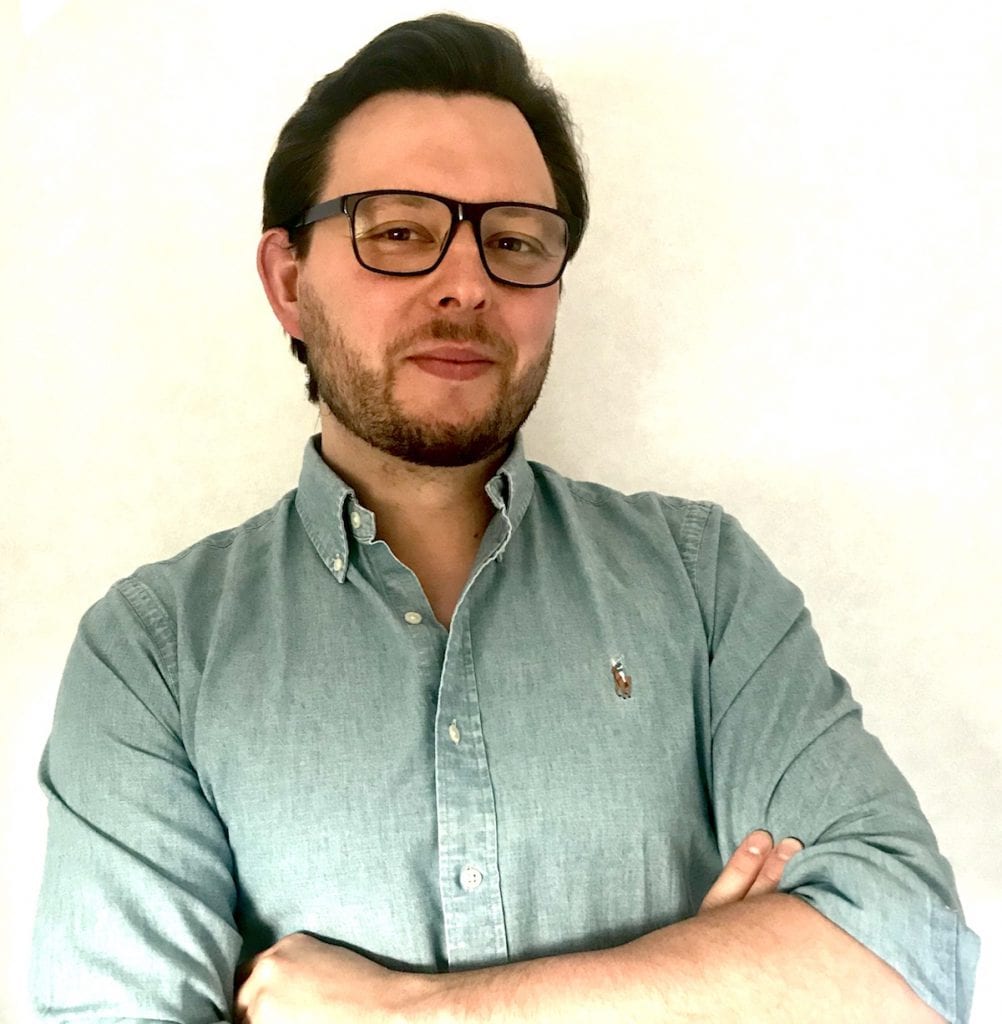
Marcin Gaarden is a lean coach.
Original Article: https://planet-lean.com/lean-transformation-mowi/
Stay In Touch.
Subscribe to our newsletter and exclusive Leadership content.
We respect your privacy and won’t spam your inbox
